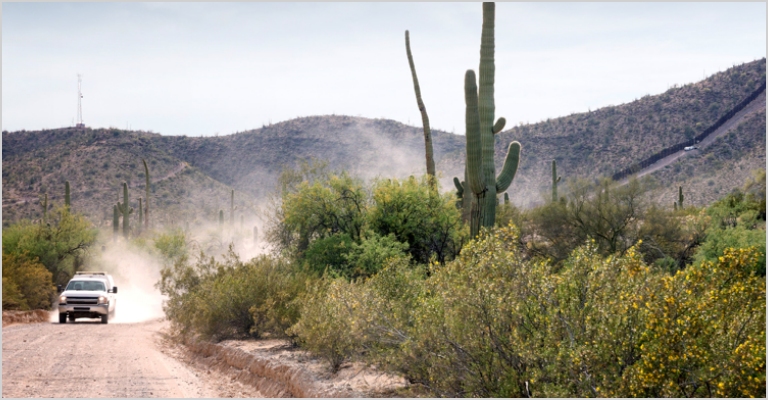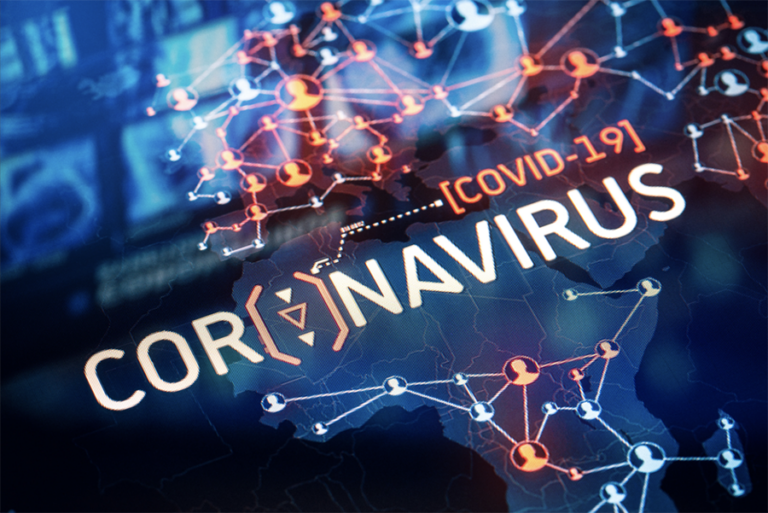ASU websites use cookies to enhance user experience, analyze site usage, and assist with outreach and enrollment. By continuing to use this site, you are giving us your consent to do this. Learn more about cookies on ASU websites in our Privacy Statement.
Homeland security risk sciences

Enhancing AI for Homeland Security
The Multisource AI Scorecard Table (MAST) for Evaluating Generative AI in Worker-Automation Team Tasks (MEGAWATT) project aims to leverage MAST, a tool rooted in Intelligence Community Directive (ICD) 203, to evaluate and enhance the performance of large language models (LLMs) like OpenAI’s ChatGPT.

Assessing threat landscapes through red teaming
The risk of chemical warfare (CW) has increased in recent years. The Homeland Security Enterprise (HSE) has a need to identify state and non-state actors likely to pursue the development of CW as well determining the factors that identify the use of CW. These factors include the states overall strategic orientation to CW, the types of CW agents likely to be pursued and the other activities that would accompany CW development.

Validating risk models
Efforts for homeland security face constantly evolving adversary tactics, rapid technological advances and changes in the overall environment. The challenge of preparing for new tactics is a very real risk for homeland security.

Improving detection of threats at border operations
Securing the border between Ports-of-Entry (POEs) uses a variety of both physical and virtual infrastructure to detect, deter and disrupt pathways. The U.S. government is making substantial investments in both types of infrastructure to improve their capacity to prevent illegal smuggling and trafficking.

Identifying biological weapons threats post COVID-19
The COVID-19 pandemic has raised concerns on the state of biological warfare (BW) defense strategies. This includes identifying countries most likely to pursue the development of these BW capabilities, including the development of viable BW programs.


